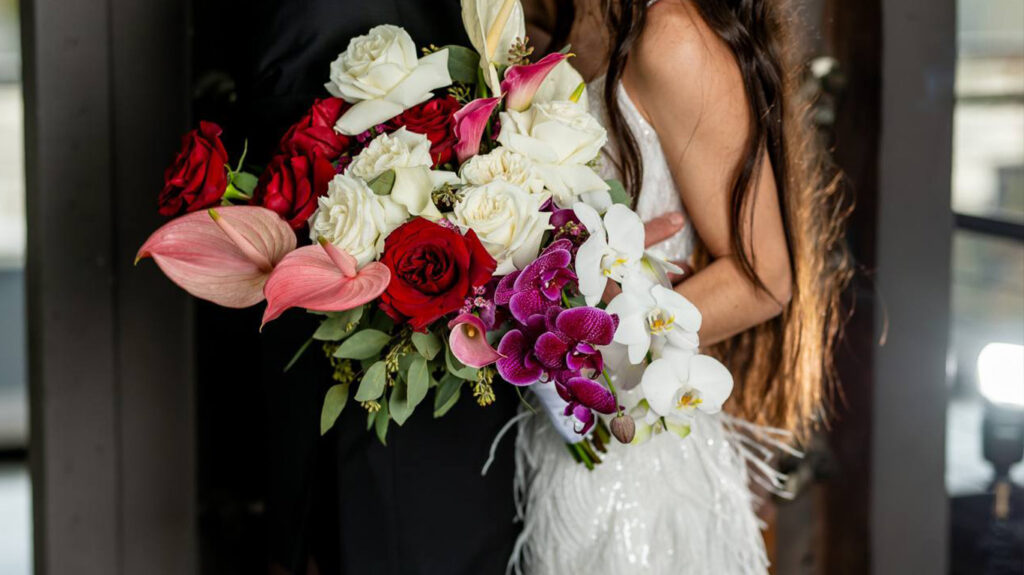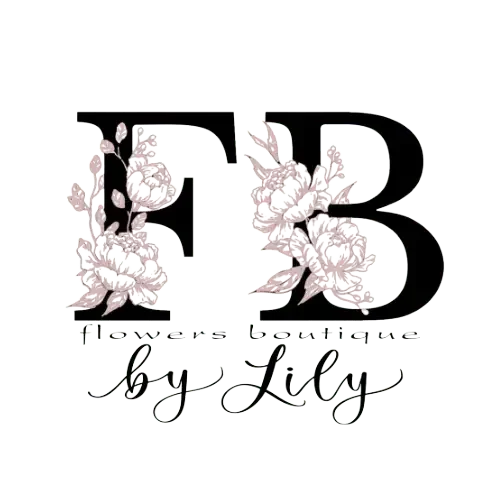Gorgeous Couples with Beautiful Bridal Bouquets

Weddings are a celebration of love, and flowers play a vital role in enhancing the beauty and romance of the occasion. Among the many floral arrangements, the bridal bouquet holds a special place, symbolizing purity, love, and new beginnings.
This blog post will explore the enchanting world of wedding flowers, showcasing some stunning bridal bouquets and the gorgeous couples who carried them. We’ll delve into popular flower choices, design trends, and tips for selecting the perfect bouquet for your special day.
A Symphony of Blooms:
- Classic Elegance:
- Imagine a timeless bouquet of cascading white roses and lilies, accented with delicate greenery. This classic choice exudes sophistication and grace, perfectly complementing a traditional wedding gown.
- Romantic Rusticity:
- For a more bohemian affair, consider a bouquet of wildflowers, such as peonies, dahlias, and wildflowers, loosely gathered and tied with twine. This rustic charm evokes a sense of natural beauty and effortless elegance.
- Modern Minimalism:
- Embrace contemporary style with a sleek and minimalist bouquet featuring a single type of flower, such as white calla lilies or vibrant red tulips. This striking arrangement is both bold and understated, adding a touch of modern flair.
- Whimsical Wonderland:
- Unleash your inner child with a playful bouquet of colorful blooms, such as ranunculus, anemones, and garden roses. This whimsical arrangement is perfect for a spring or summer wedding, reflecting joy and exuberance.
Trends in Bridal Bouquets:
- Sustainable Choices:
- Couples are increasingly opting for eco-friendly bouquets featuring locally sourced, seasonal flowers and minimal packaging.
- Bold Colors:
- Move beyond traditional pastels and embrace vibrant hues like deep reds, rich purples, and sunny yellows.
- Statement Greenery:
- Incorporate unique foliage like eucalyptus, olive branches, and ferns to add texture and dimension to your bouquet.
- Personalized Touches:
- Add a personal touch by incorporating meaningful flowers, such as those from your grandmother’s garden, or a charm representing a loved one.
Tips for Choosing Your Bridal Bouquet:
- Consider your wedding theme and style.
- Choose flowers that are in season for a wider variety and better prices.
- Meet with a florist to discuss your vision and get expert advice.
- Don’t forget about your personal style and preferences.
- Trial and error! Create a small sample bouquet to see how the flowers look and feel in your hands.



